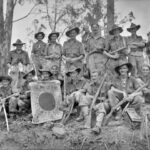
On a national level, one such hero was the Commonwealth nation of Australia. While it is undoubtedly true that most Australians are keenly aware of the great efforts put forth by their countrymen during the war, much of the rest of the world is not so well informed.
To remedy this, here is a quick essay on Australia’s role in the Asia/Pacific theatre. Starting first with the overall Australian war effort, of the four independent Commonwealth nations outside of the United Kingdom, Australia made the greatest contribution to the collective war effort in terms of per capita forces employed with almost one million men and women serving in the armed forces out of a total population of 6.9 million.
During the war, Australia formed or maintained a total of 15 divisions of which six saw active combat as full units while elements of a seventh also engaged in combat operations. Three of these engaged divisions split their wartime service between confronting the European Axis and the Japanese while the remaining four were entirely used against the latter.
Beyond this, both the Royal Australian Navy and the Royal Australian Air Force saw extensive combat in the European and Asia/Pacific conflicts with the former eventually operating more than 350 warships and support vessels while the latter formed or maintained 76 squadrons during the course of the war.
Turning now to the Asia/Pacific conflict, all three Australian armed services saw extensive combat against the Japanese.
Of these, the army was the greatest contributor providing a significant, and often prevailing, portion of the ground forces involved in the re-conquest of Papua New Guinea, the final securing of the Bismarck Archipelago and Bougainville and the liberation of Borneo. Excluding the 8th Division, which was destroyed at Singapore, a total of six Australian divisions (the 3rd, 5th, 6th, 7th, 9th and 11th) along with several lesser units saw action in these areas. Invariably, this fighting took place against a tenacious enemy under conditions of extreme hardship as the units involved had to contend with treacherous terrain, disease-ridden surroundings and primitive or non-existent infrastructure.
Despite this adversity, the deployed Australian units won a string of stirring victories including those at Milne Bay, the Kokoda Track, Buna-Gona, Wau, Salamaua-Lae, the Huon Peninsula, Madang, Slater’s Knoll, Wewak, Brunei Bay and Balikpapan that helped facilitate the territorial successes listed above and contributed to 199,511 fatalities suffered by the Imperial Japanese Army in the contested areas.
The Royal Australian Navy was also heavily involved in this conflict. This included some early disasters as the Australian light cruiser Perth was sunk by a superior Japanese naval force at Bantam Bay while the heavy cruiser Canberra was sunk during the battle of Savo Island.
Fortunately, the Australians exacted some degree of revenge including the sinking of two Japanese submarines, I-124, which was sunk by the Australian minesweepers Deloraine, Lithgow and Katoomba and the American destroyer Edsall off Darwin, and RO33, which was sunk by the Australian destroyer Arunta ten miles southeast of Port Moresby. Of even greater consequence, the Australian heavy cruiser Shropshire and destroyer Arunta both participated in the battle of Surigao Strait in October 1944 where they directly contributed to the destruction of the Japanese battleship Yamashiro.
Finally, in a testimony to Australian grit, in January 1945 the heavy cruiser Australia participated in landings in the Lingayen Gulf where it sustained no fewer than five Kamikaze hits. Despite being heavily damaged with 44 dead and 72 wounded, Australia survived the onslaught and even managed to remain on station until ordered to retire.
Finally, the Royal Australian Air Force (RAAF) was also a major player in this conflict. Included in its accomplishments was the destruction of the 9,794-ton transport Awajisan Maru by RAAF Hudson bombers off Malaya on 8 December 1941 thus constituting the first major Japanese vessel sunk by the Allies during the war. Later, RAAF aircraft participated in the battle of the Bismarck Sea where an entire Japanese convoy of eight merchant ships and four escorting destroyers was wiped out. As dramatic as this was, a more indicative example of the RAAF’s interdiction effort was the laying of aerial mines which claimed the destruction of upwards of 33 Japanese vessels worth 57,061 tons. Meanwhile, in terms of defence, this included the activities of two RAAF and one RAF Spitfire squadrons in defending Darwin from Japanese bombing raids. Meanwhile, in an example of the RAAF’s contribution to the ground fighting, in February 1944 No. 10 Group flew a total of 1,467 sorties in 62 missions during which it dropped some 210 tons of bombs. Many of these sorties directly supported Allied ground forces in New Guinea while others included attacks against regional airfields and infrastructure targets.
These are just snapshots of the various contributions made by Australian forces during the war. At the conclusion of this conflict, Australian Lieutenant-General Vernon Sturdee accepted the surrender of some 138,000 Japanese personnel located in the Solomon Islands, Bismarck Archipelago and New Guinea thus serving as a fitting end to a hard-fought campaign. Pictured here are men of the 2/23 Infantry Battalion displaying a captured Japanese flag on Tarakan, Borneo in June 1945. Ross John Rainsford, Public domain. Also pictured is the Australian destroyer Arunta. USN, Public domain.
Finally pictured are men of 457 Squadron RAAF in front of a Spitfire Mk. VIII in the Dutch East Indies in April 1945. John Thomas Harrison, Public domain. For more information on this and other related topics, see Forgotten War, the British Empire and Commonwealth’s Epic Struggle Against Imperial Japan, 1941-1945.
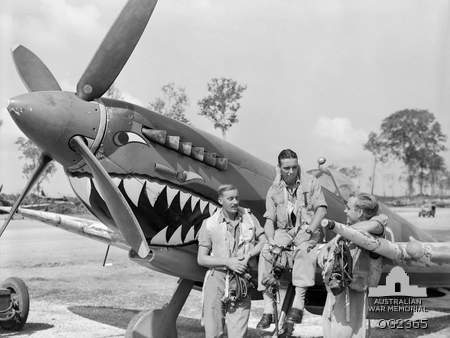
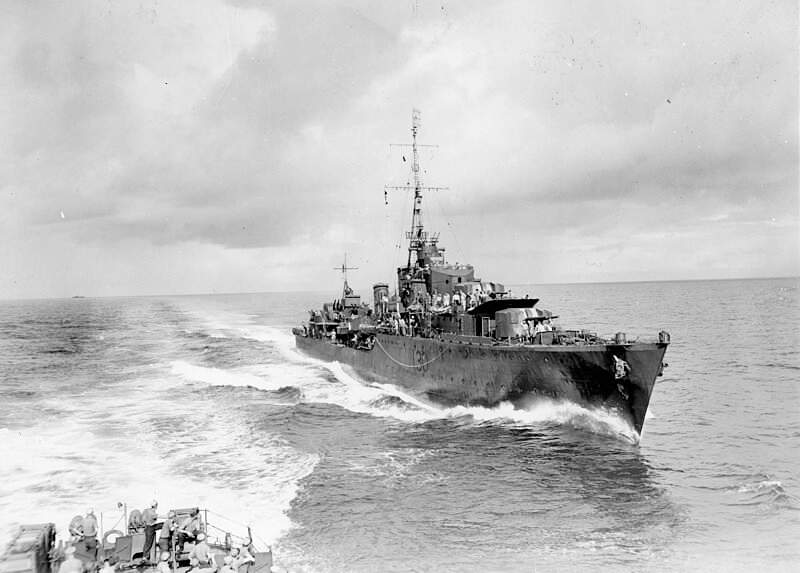
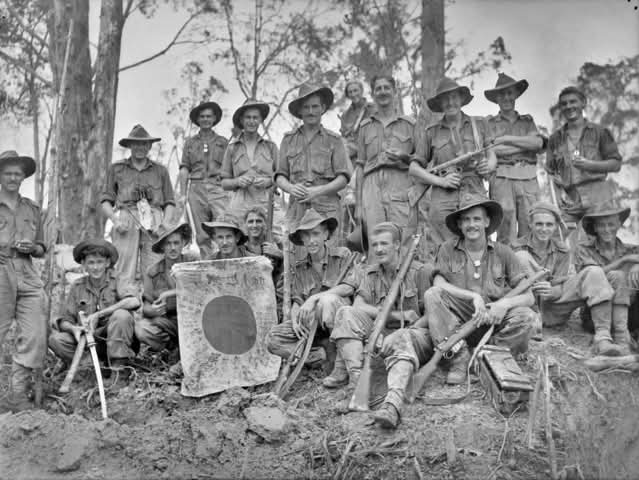
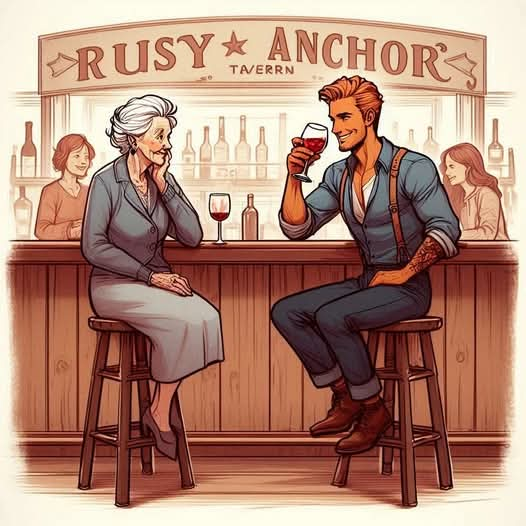


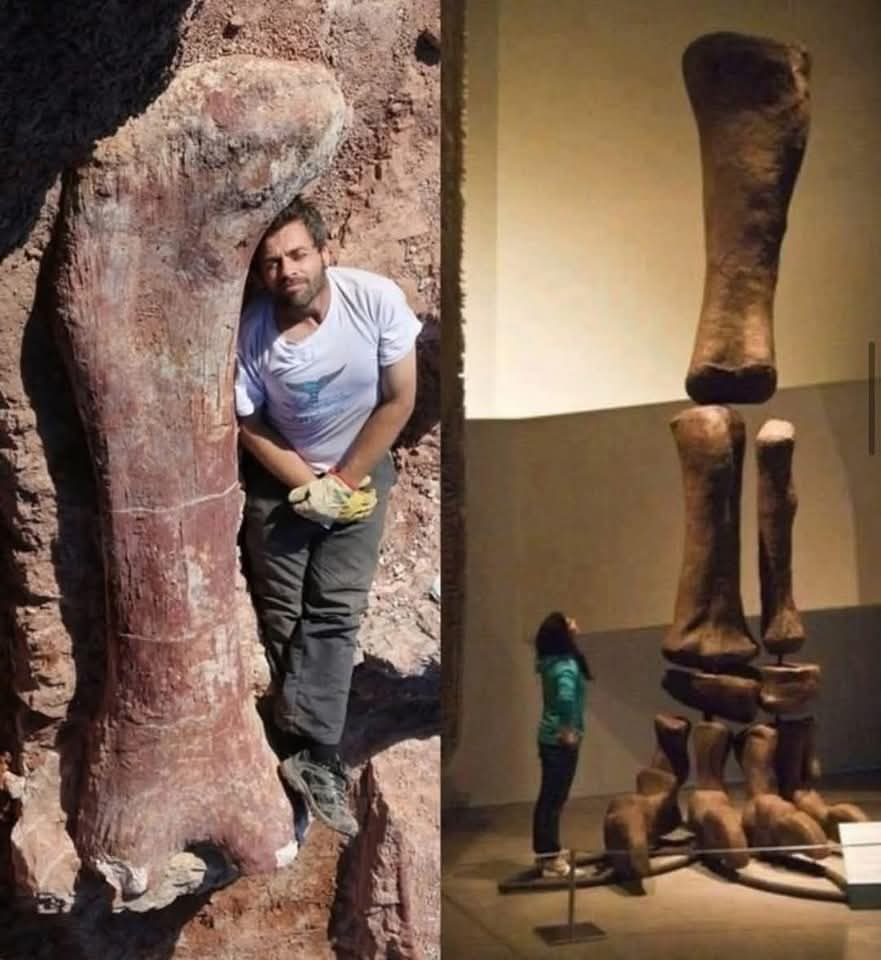
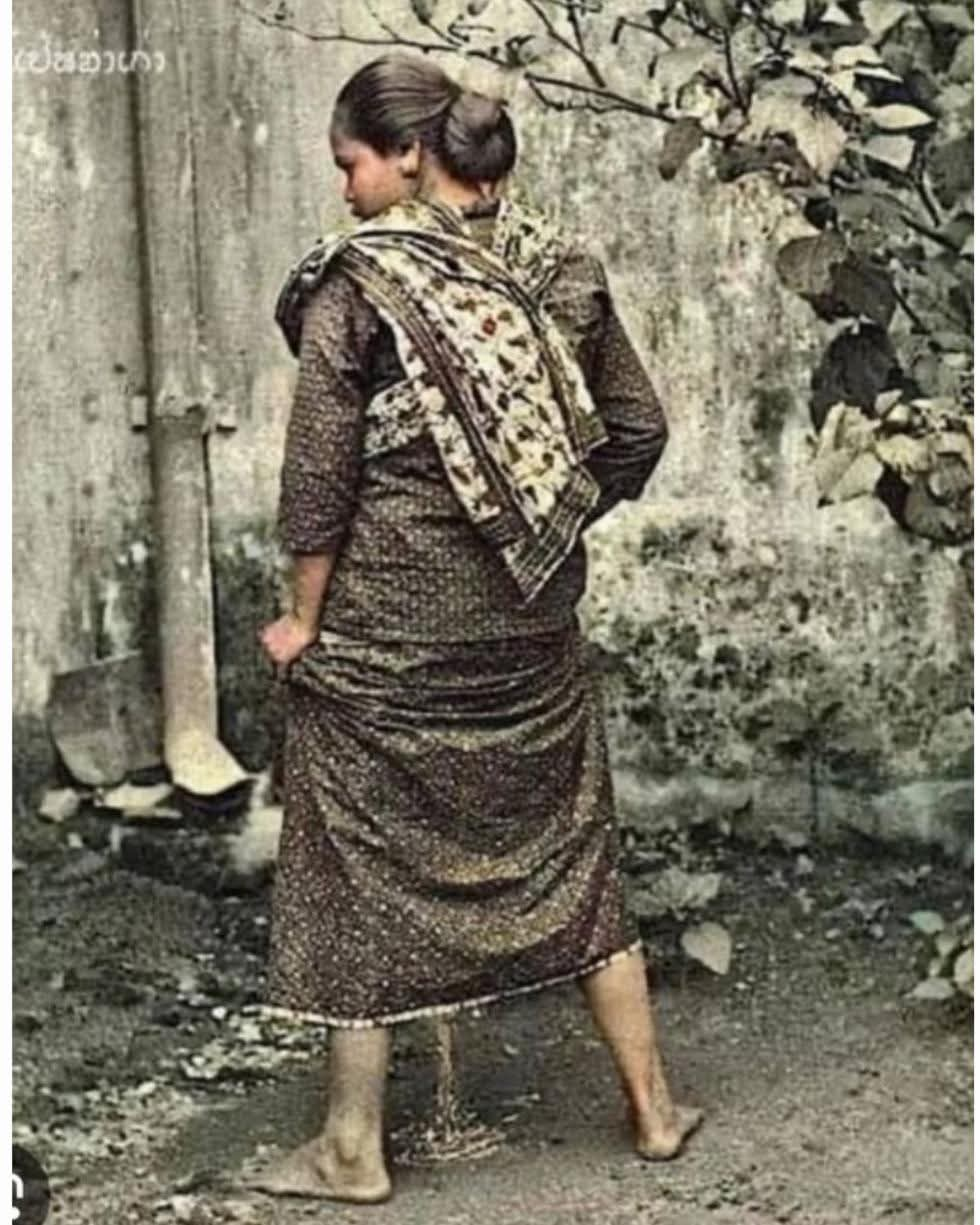
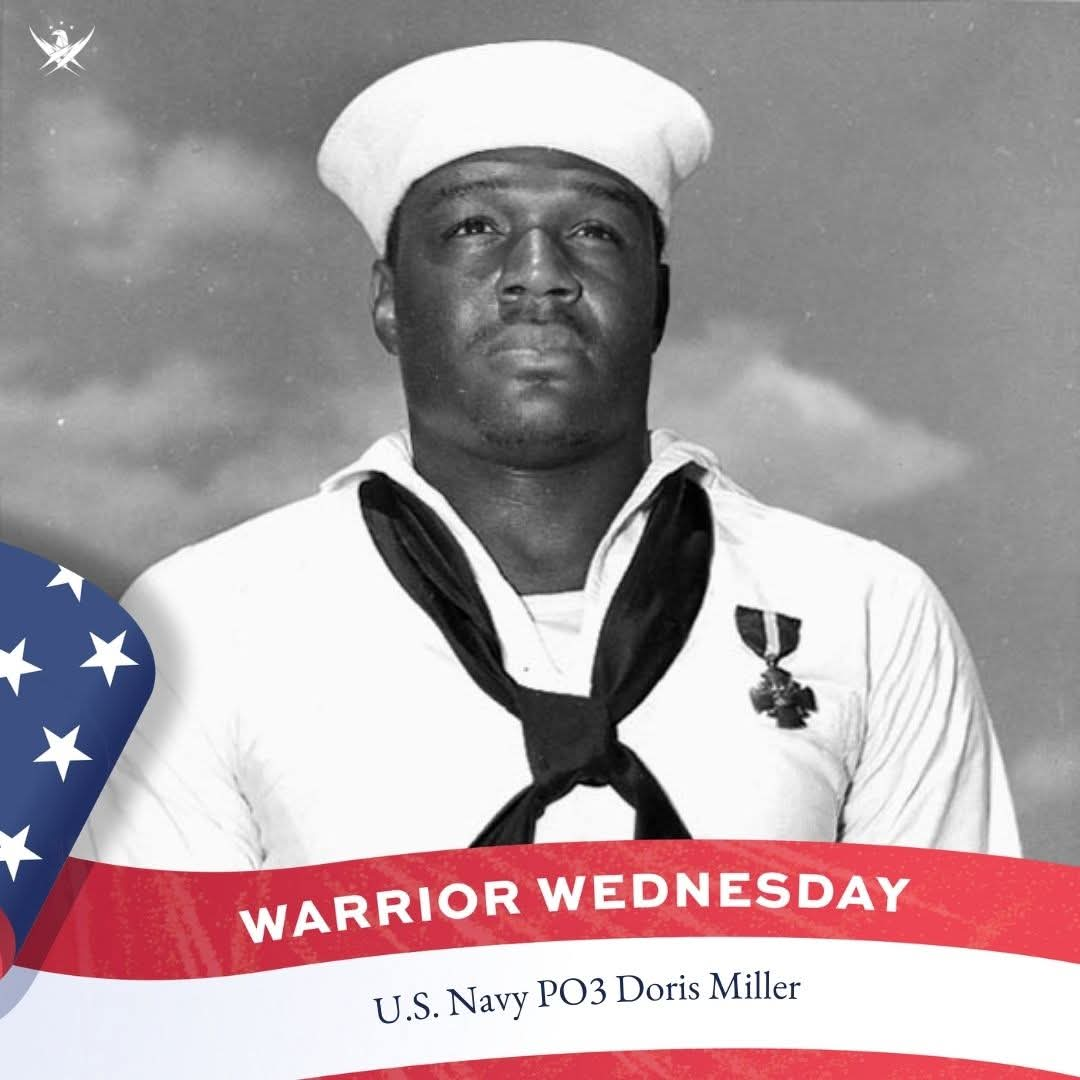
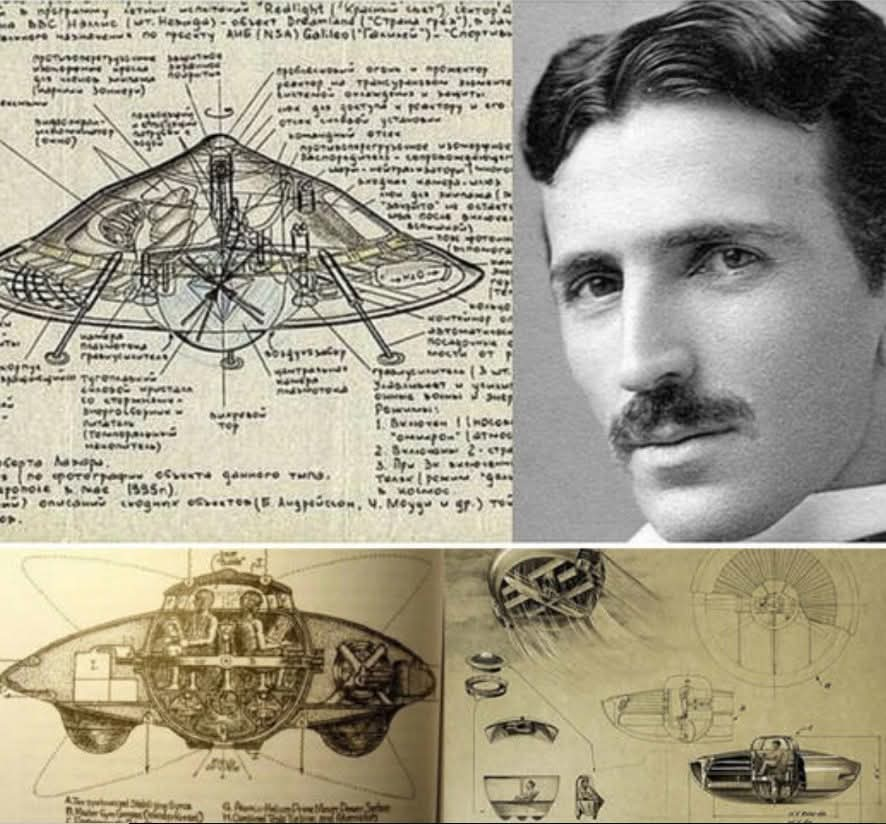
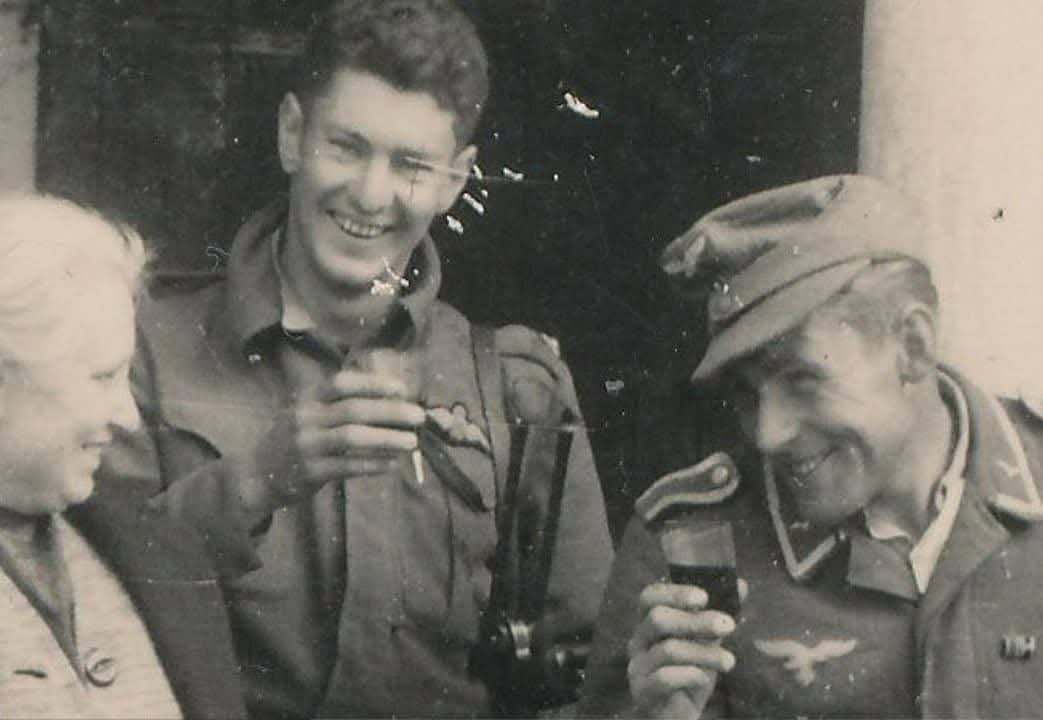
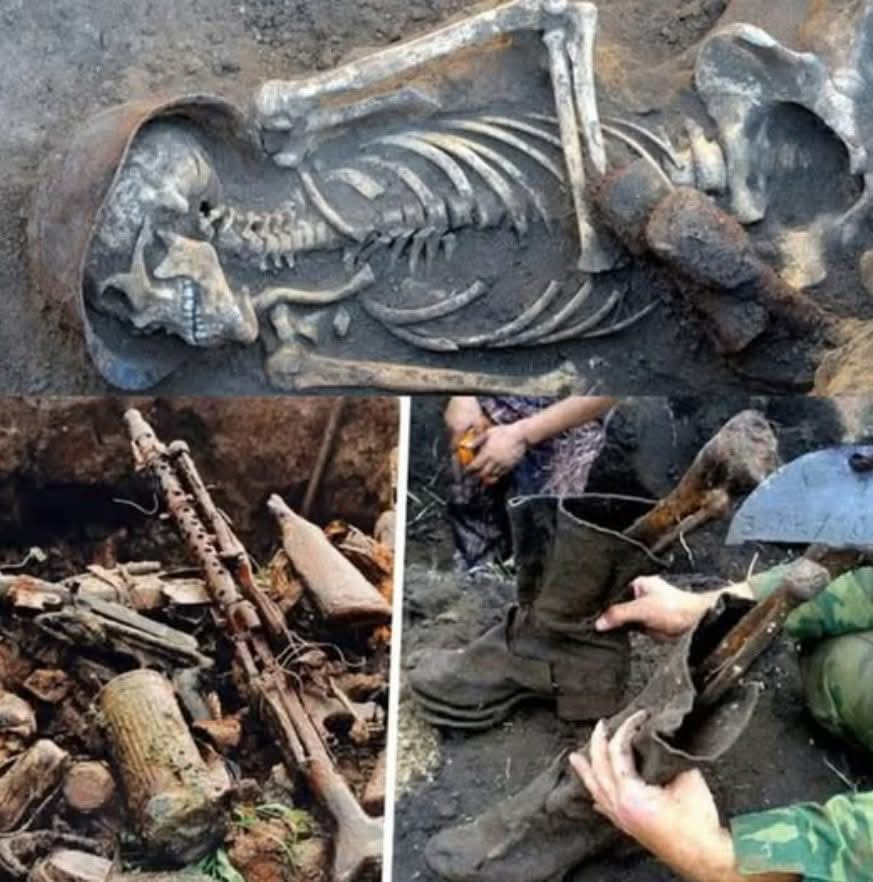

Leave a Reply